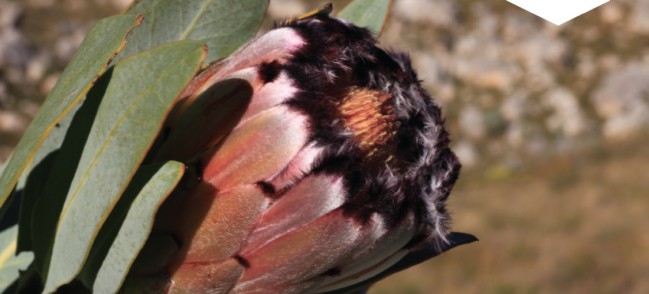Honours student Nicola Kuhn is assessing the vegetation in the Groot Winterhoek Wilderness Area (GWWA) as part of the Bergrivier Climate Knowledge Network (CKN). “This is one of the main catchment areas, so it is of interest to get a sense of its environmental history and see if it is functioning as it should since it became a wilderness area in 1973,” says Professor Timm Hoffman, head of the Plant Conservation Unit.
Kuhn used four indicators to assess the health of the GWWA: changes in the intensity of gulley erosion and the extent of soil deposition areas; changes in composition and extent of cover of the vegetation; changes in two specific Protea species; and changes in thickets around rocky areas.
After 40 years of protected area management, she found that gulley erosion had stabilised and that most deposition areas had become vegetated. Total basal cover was approximately eight times greater than it was in 1973. The Protea nitida population was more than five-and-a-half times greater and had a large number of juvenile individuals. The Protea laurifolia population was approximately four times greater, with the dominant class shifting from adults in 1973 to seedlings in 2013. An extensive fire in 2009 took its toll on thicket cover at some, but not all, rocky outcrop locations. “While evidence suggests an improvement of most ecosystem health indicators and therefore an effective management regime, the GWWA is still at risk of being affected by climate change with an increased aridity and occurrence of wildfires predicted for the area,” concludes Kuhn.



Comments are closed.